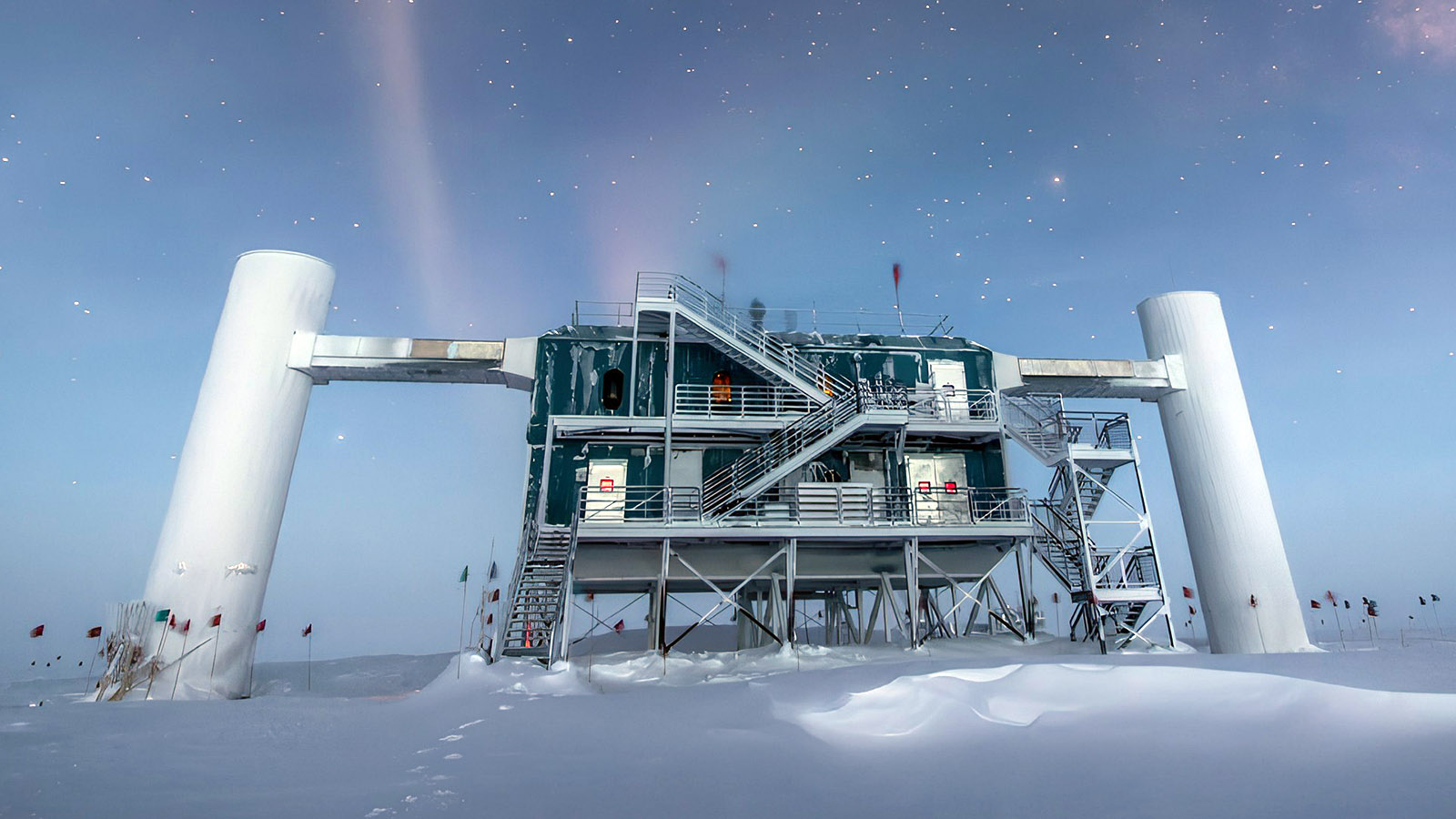

The IceCube detector is buried in the Antarctic continental glacier, close to the geographic South Pole. IceCube observes neutrinos that are up to six orders of magnitude higher in energy than those produced at accelerators today. Most of these neutrinos are produced in the collision of cosmic rays with the Earth's atmosphere, while the rarest of them are neutrinos of cosmic origin that come from some of the most extreme environments in the Universe. Argüelles develops new techniques to study these neutrinos and characterize them to search for new neutrino physics and understand the origin of the high-energy astrophysical neutrino flux.